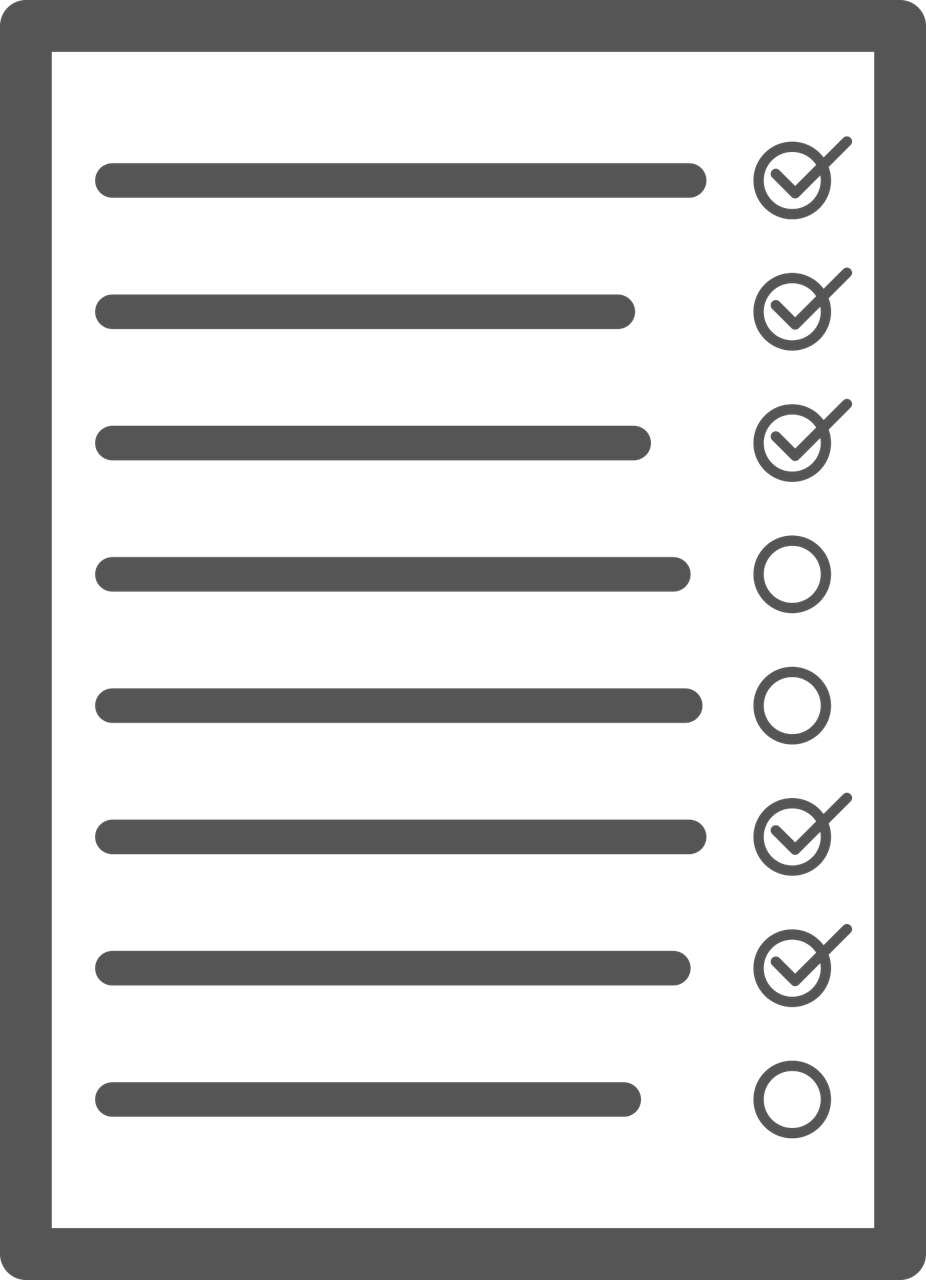
By the time you start your first radiology attending job, you should feel comfortable getting through a typical day’s work. So, how do you arrive at this point of comfort? Well, it is not via magic. Most successful starting radiologists will have adopted a formula for getting through a day’s trials and tribulations. Moreover, they know how to manage the worklist. And, the easy way to do so? You should have that experience during your radiology residency.
Now, not all residency programs work the same. Some residents plow through whatever cases the attending tell them to go through. In these sorts of residencies, the attending maintains the responsibility for the worklist. They make sure that either the resident or the attending read through the cases that they need to complete.
And at others, the resident starts the day by gathering the necessary cases together and dictating. Attendings will intermittently arrive at the department to read out the studies with the resident. However, the attending charges the resident with the responsibility of getting through the worklist for the day.
I would argue that the latter programs tend to be more helpful for starting in practice. Let me tell you why.
Most Practices Are Run By Radiologists
First of all, in most practices, who is in charge of the worklist? No, it is not the nurse, the technologist, or the radiology assistant. Instead, usually, the radiologist manages the worklist to determine who he should read first, second, and third. Even though artificial intelligence may one day take over some of this process, radiologists should have the background to feel comfortable owning a worklist.
Teaches You How To Get Help From Others
Let’s say that you start on your worklist and you find a case where you are not sure of the diagnosis. Who do you approach? And, how do you contact that person? Do you call or walk over to the other room? Do you interrupt their train of thought or do you wait until they finish up? Or, do you find a clinician in another specialty? These skills only come when you have to manage cases outside of your purview. And, these cases are much more likely to arrive when you control your worklist.
Learning How To Triage Work
In the same vein, when you have an unsorted worklist, how do you know what needs to be read first, second, and third? Sometimes, you arrive at a decision best when you have had the experience to make that conclusion. It takes time to figure out that you should read certain physician’s cases first or a specific type of STAT indication sooner. What better way than to manage a worklist as a resident?
Time Management Skills
Of course, when you learn to control your worklist, in the beginning, you may not realize how much time you have to complete all the work for the day. Unfortunately, you may find that you had less time than you initially thought. So what is the best way to hone your time management skills? Manage the worklist! You’ll eventually learn the ropes.
Patient And Physician Phone Calls
During the day, you are bound to receive multiple phone calls from both referring physicians and patients alike. How do you deal with them in the confines of a busy day when you have a whole bunch of studies to read? Well, when you manage your worklist, you get to figure that out. Do you spend an inordinate amount of time on the phone or do you hurriedly give them an answer? To determine how you should proceed, take charge of the work for the day!
Taking Charge Of The Worklist
It’s more than just lip service. Owning the worklist allows budding radiologists to hone their skills. Whether it teaches you to work with others, time management, the art of triage, or more, it will enable you to get through the day in a timely fashion. More importantly, when you learn all the skills of managing a worklist, you can hit the ground running at your first job. That’s where you want to be!






